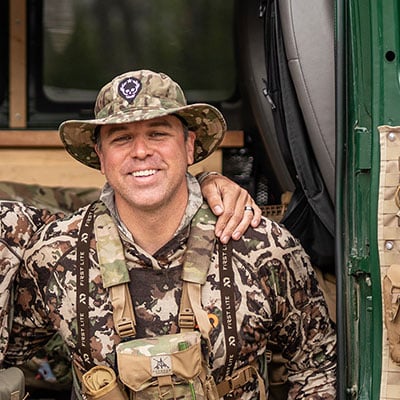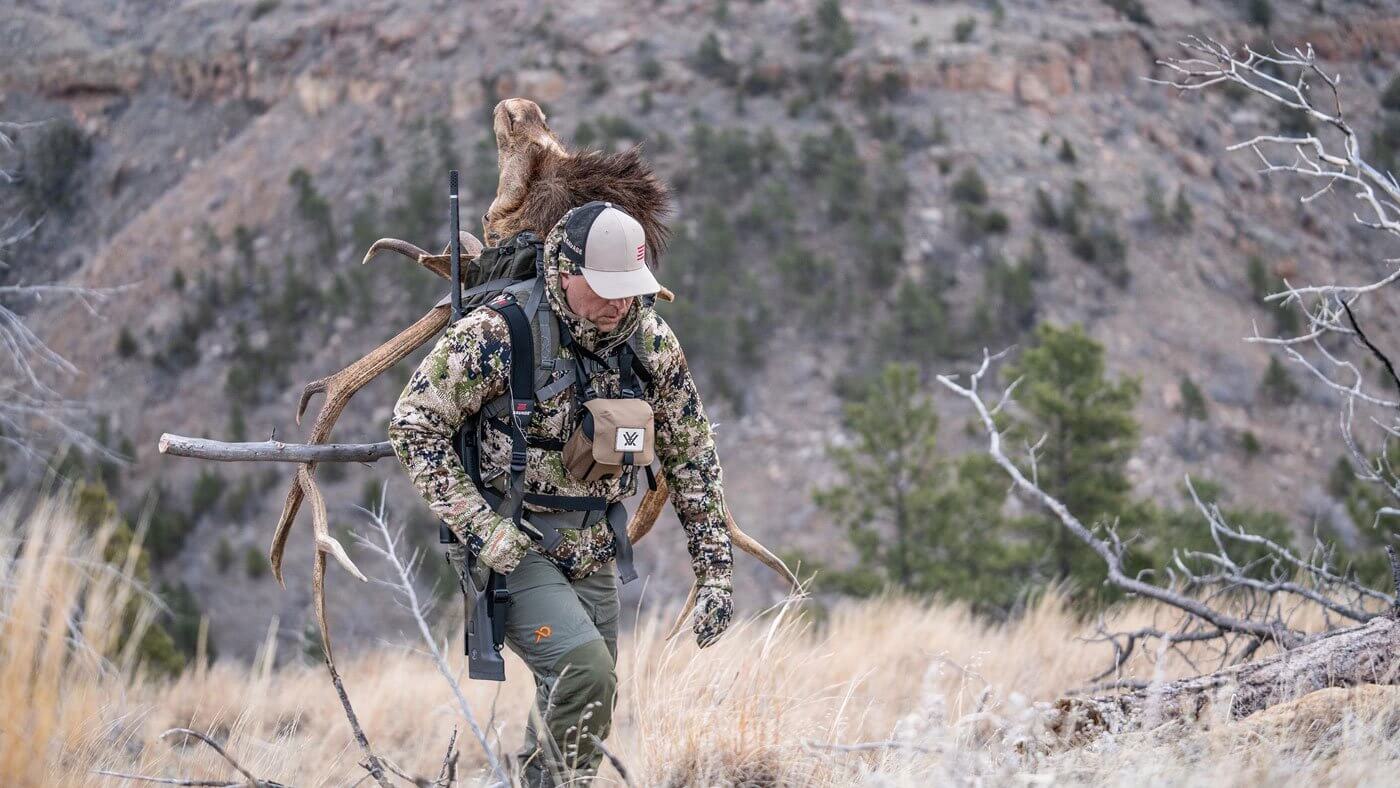- Savage Blog
- Backcountry Gear Guide: Setting Up Your Hunt for Success
Backcountry Gear Guide: Setting Up Your Hunt for Success
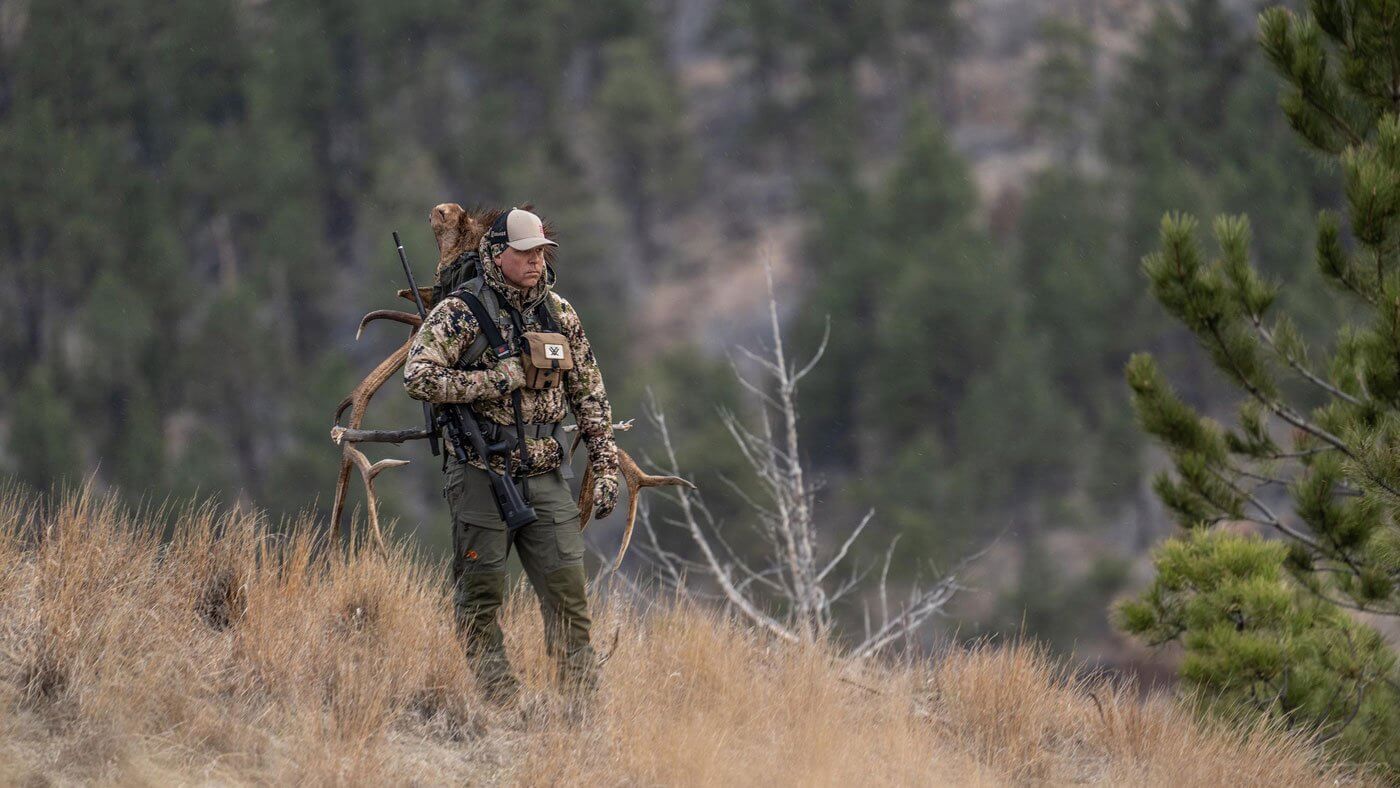
Many years ago, I was on an elk hunt with my dad in Wyoming. As we departed for the day, I adorned myself with a sizable backpack that held all sorts of backcountry gear, a bino harness with attached range finder, bear spray, and the tech at the time, a GPS. As I secured my specialty sling to my pack, my dad looked on and said, “Ya know, I used to just head into the woods and do this with a gun and a knife.”. We both chuckled and headed out for the day. That statement has entered my mind from time to time through my hunting journey and helped me many times with streamlining my gear set and staying concisely focused on what I actually need to take with me.
The Gear List
As we get into the backcountry gear list, it’s important to be on the same page with what hunt we are going on. In my last blog, you may have read my hunt parameters around this series but, if not, I’ll list them here again.
I’ll start by listing what I bring for experiences like this and then dig into those items a bit more after.
- Rifle
- Quality ammo
- Good fixed or foldable knife
- Replaceable scalpel type knife
- Rain Gear
- Boots or shoes
- Pack
- Tent
- Sleeping pad
- Sleeping bag
- Camp stove
- Food
- Water filter
- Layered clothing
- Water bladder/bottle
- Backpacking chair
- Head lamp
- Bino harness
- Binoculars
- Spotting scope and tripod
- Range finder
- Trekking poles
- Camp footwear
- Reusable game bags
- 4’x4’ or bigger sheet of plastic
- Wet wipes and TP
- Compass
- Spork
- Matches/lighter and fire starter
- Satellite communication device
Rifle, Ammo, and Blades
Let’s start with the rifle. As my dad illuminated all those years ago, the tool, with the aid of the bullet that actually gets the job done. With all of the expenditure, fluff, and other that surround a trip, it’s important to keep in mind that in the end, these two components are what complete the mission. Spend the money and time to make sure that these components are completely ready. Bring a caliber that makes sense for the animal you are pursuing and one that you have ultimate confidence in. At the end of the day that is the rifle you will place the best shot with.
Bring a good fixed blade knife plus a replicable scalpel blade knife. The time it takes to break an animal down is drastically reduced by the use of the replicable blades and there are always certain cuts where a traditional hunting knife does a better job.
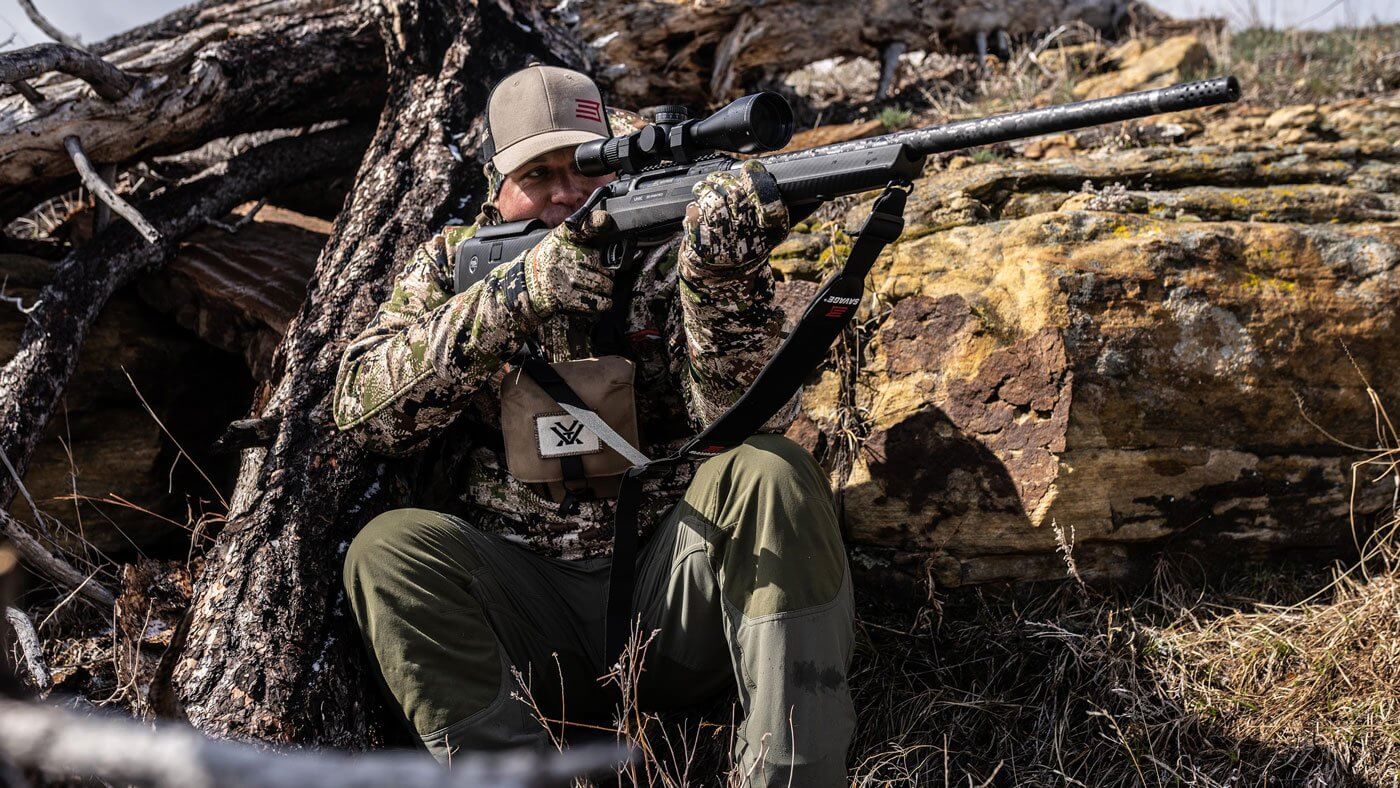
Boots, Pants, and Packs
Breathable rain gear is a nonnegotiable item in my pack everyday afield no matter the forecast or location or time frame I’ll be out. I would argue it may be the most valuable safety item in your pack. A good pair of rain gear and a lighter will get you through most survival situations you may face.
I’m not going to dive too far into boots. There are novels written on the subject. Personally, I prefer to wear a waterproof breathable hiking shoe with a softer, quieter sole until the snow is too deep for them. Then I begrudgingly switch to boots. It’s just what my feet and ankles are best with. Find your system and do what works best for you. I also always bring a pair of flip flops or insulated slippers later in the season for camp. It’s a big advantage to get your feet out of your hunting footwear to dry out when you’re in camp. It’s a few ounces more weight but completely worth it.
Select a “Do-It-All” pack, one that is a load hauling backpack for the trip in and out that can be reduced to a daypack for each day of hunting. Believe me when you get an animal down you will be very happy to have your meat hauling pack right there on your back and not have to traipse back to camp to retrieve it. Saved steps always feel like a big deal at that stage of the hunt.
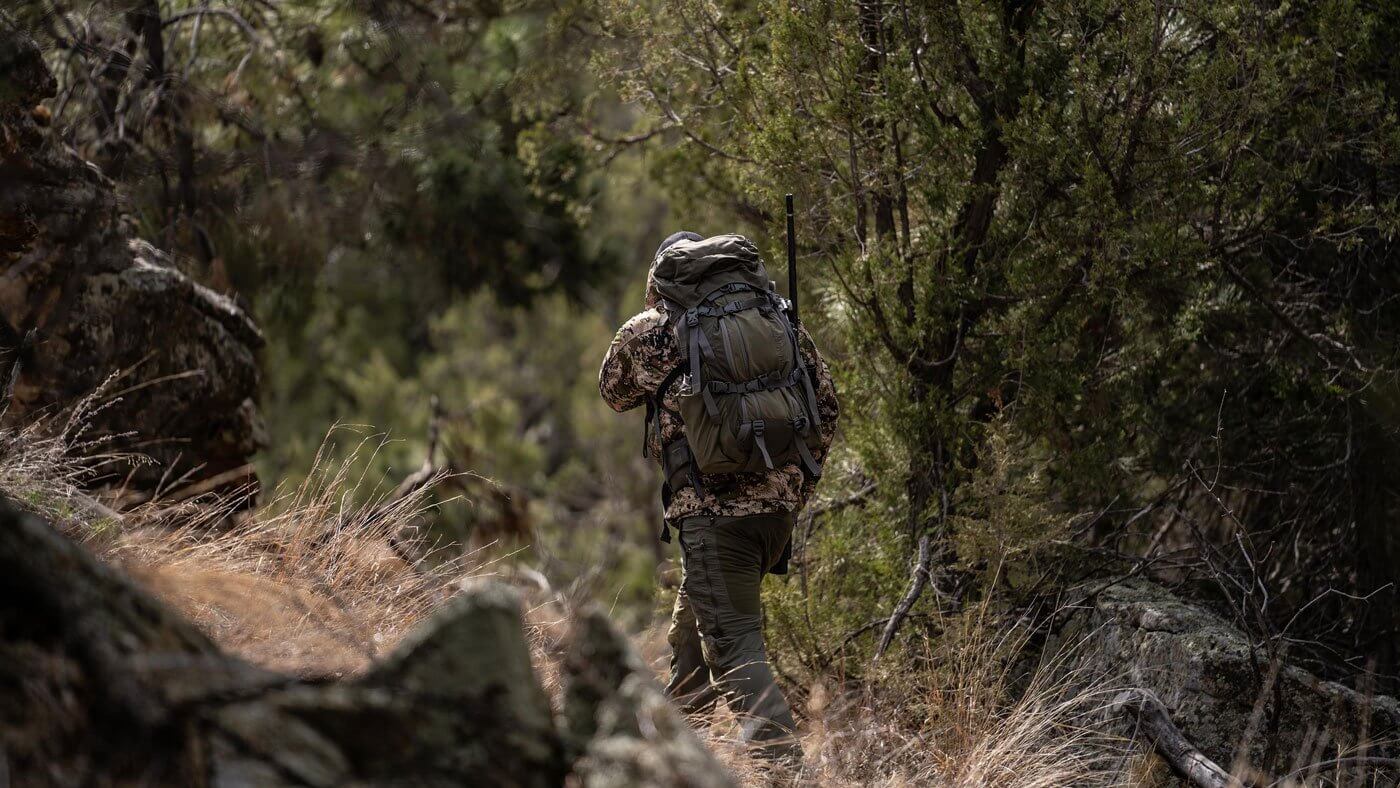
Sleep & Shelter
Buy a tent that is rated for one more person than is sleeping in it. So, if it’s only you, buy a two-person, and if there are two of you, buy a 3 person, and so on. You will not regret having the extra space in case you get weathered in for a couple of days.
Select a sleeping bag that will push water to the outside of the bag. I like the treated down bags; however, I know others go for synthetic. Having a wet sleeping bag is an adventure ender most of the time, so if you have one that will naturally dry itself out from your body heat it can keep you on the hunt. It’s pretty incredible how well they work. On a few hunts, I have gotten wet from snowy or rainy conditions, and rather than waking up to frozen clothing, I just climbed into my bag with all the gear on and woke up in the morning warm and dry with a layer of frost on the outside of my bag.
I like using an inflatable insulated pad with 4”-6” of loft. I’ve slept on a bunch of them, and those are my favorite. I always make sure to bring the patch kits that come with them along in case of an issue.
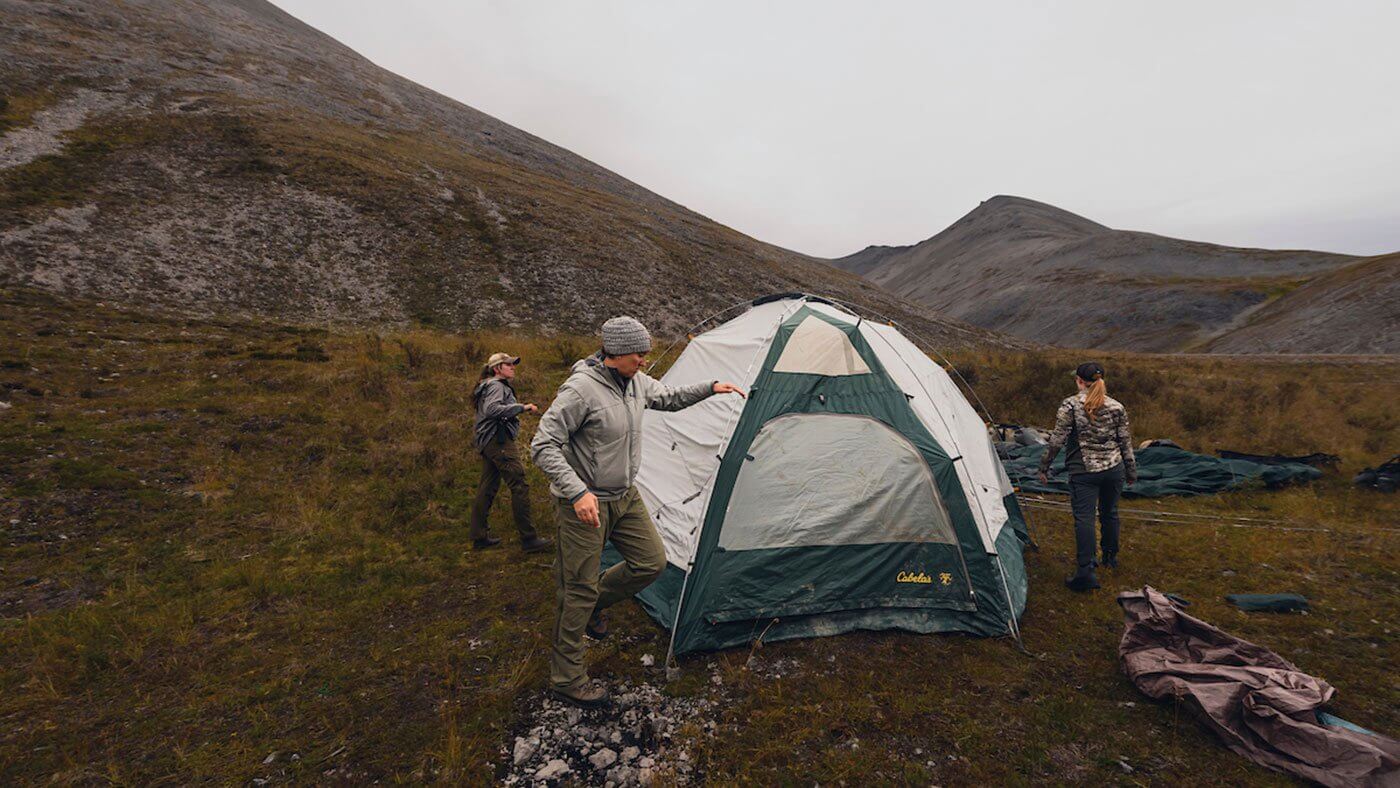
Food & Water
There are many good camp stoves out there these days. I like packing mine along during the day to make a mid-morning cup of coffee.
Water filters are a must. If you are going in with more than two people, I also like to have a few extra 3-liter water bags. They weigh next to nothing and provide a good source of water at camp to reduce trips to the water source.
I pack my food into daily rations in individual gallon zip locks. This ensures that I eat the right amount each day. I shoot for 2500-3000 calories a day while hunting. I lose my appetite with the exertion of backcountry hunting most of the time. So, I am typically forcing down that last protein bar or bag of almonds at the end of the day to ensure my body has the right energy to be ready to go day after day. I have also learned to have my biggest meal as a late lunch. Having to cook and eat a big meal after I get back to camp at the end is a drag to me. Just find a system that works for you and tweak it as you go from there.
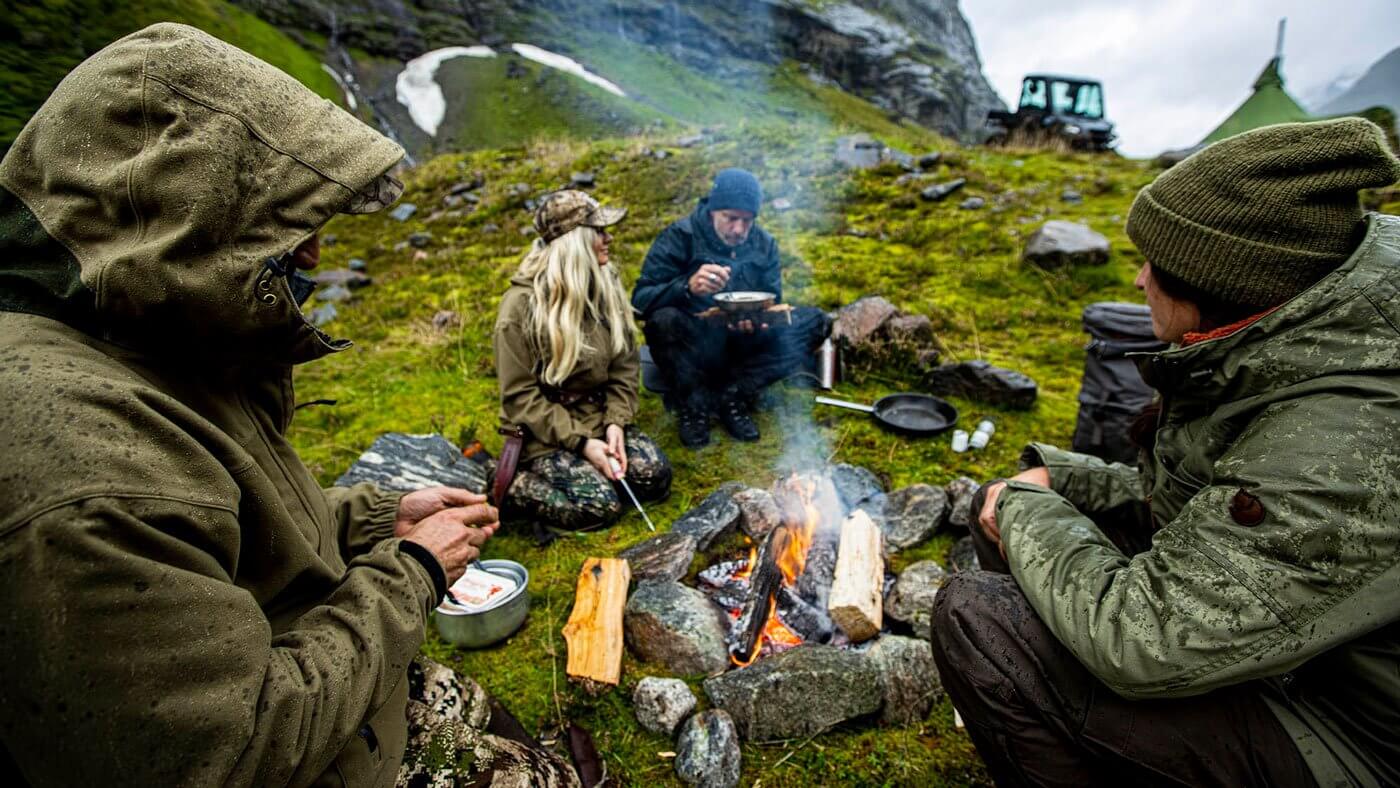
Clothing
Clothing systems have come lightyears since I started in this game. It’s never been easier to stay comfortable out there. Here is what I bring for all hunts of less than 10 days while hunting off my back.
- 3 pairs of merino underwear
- 3 pairs of wool socks
- 2 wool base layers
- 1 wool mid-layer
- 1 pair of 6-pocket pants
- 1 shell vest
- 1 puffy coat
- 1 puffy pant
- 1 pair of gloves
- 1 ball cap
- 1 stocking cap
- 1 pair breathable rain gear
And that’s it. I have found that with this system, I can endure about any weather condition I’ll face. When you put all of it on, you are more or less in a walking sleeping bag. I used to bring more clothing, in the beginning, way more. I no longer include extra clothing to wear at camp or while sleeping. I have found that all the extra bulk and weight never did any good. You’re going to stink; you’re going to be dirty. Just embrace that and leave the extra weight at home.
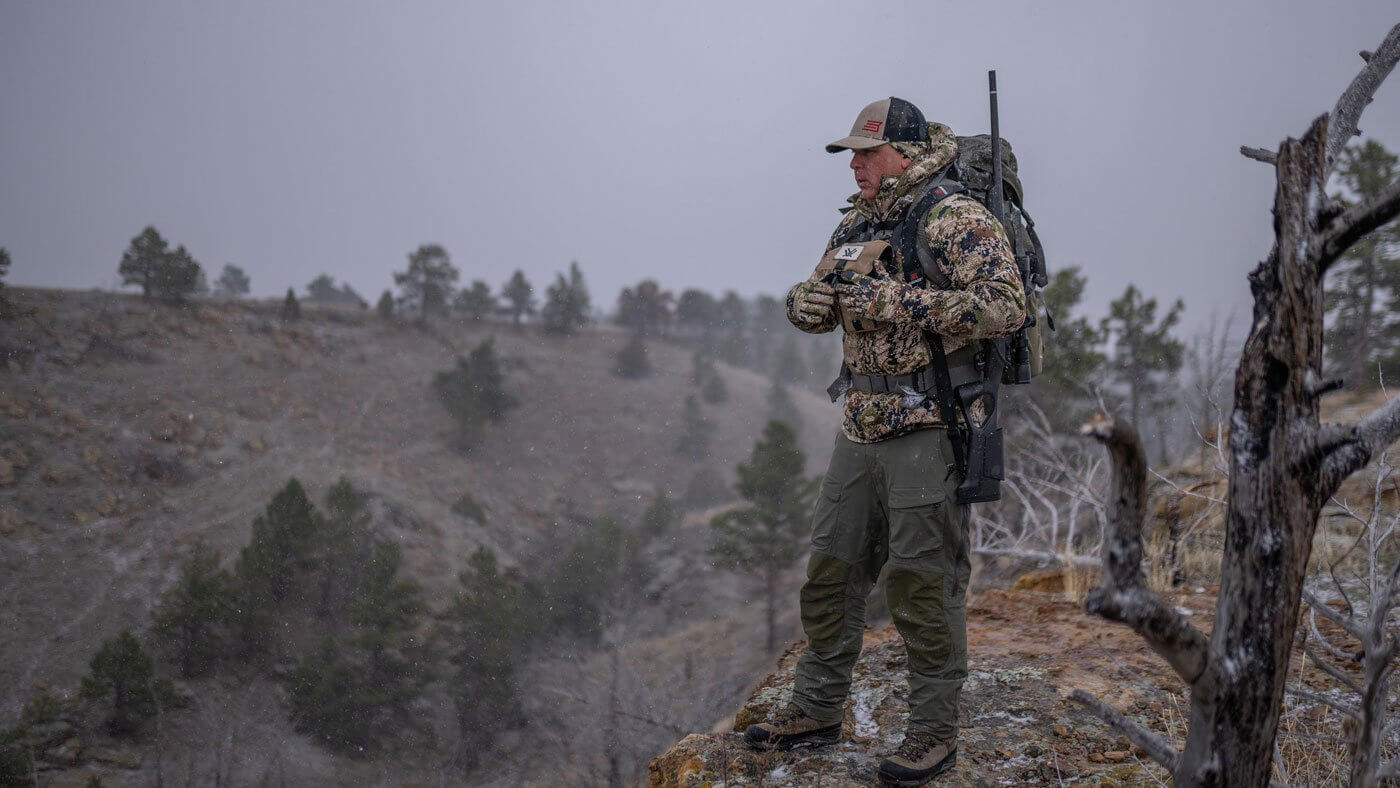
Helpful Gear
One luxury Item I take with me on these hunts is a foldable backpacking chair. The comfort aspect of being able to sit in a chair at camp around a fire out there is amazing. They weigh less than a pound and pack down small. I carry it in my pack during the day as well and sit in it to glass or wait at an ambush point. It’s an extra pound that I won’t go without. Just beware, if you ever take one with you will never leave it at home again.
I take a headlamp that has white, green, and red light. Most animals cannot see red or green light, so when I’m hiking in the dark, I typically use red or green to keep my eyes adjusted to the dark and affect animal movements as little as possible.
Binoculars and rangefinders are pretty critical from my perspective. Spotting scopes are hunt-dependent. There are species and habitats they make more and less sense in. Like everyone always says, spend as much money on glass as you can.
I have become a big fan of trekking poles; it also works to pick up a stick and use that, but being able to engage your whole body in progress, especially when you are packing weight, is a massive advantage. Not only in the sense that you utilize the strength of your arms but how much less you have to ask of your legs each step from a balance perspective. You will cover the county faster for longer with a set of poles.
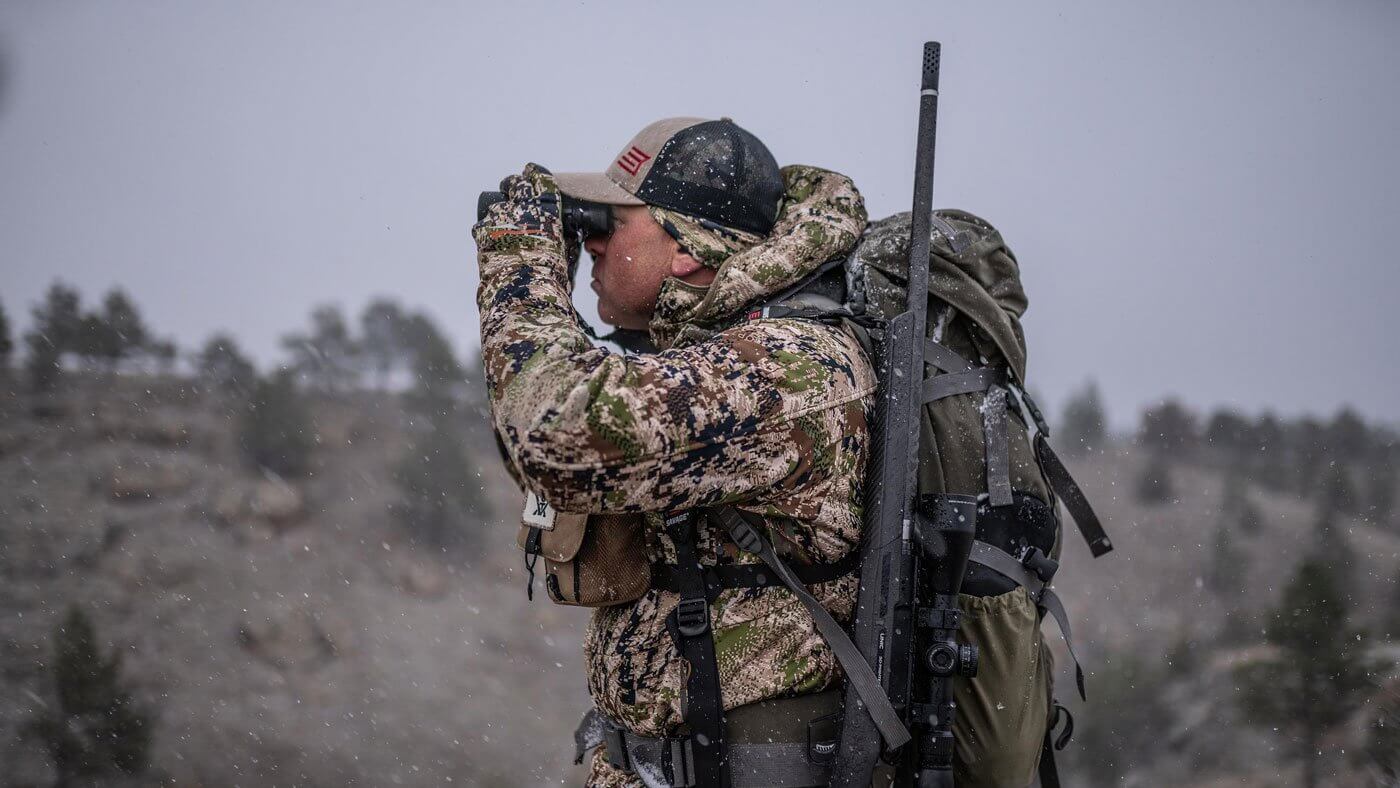
I like reusable game bags for their strength and tighter meshing. It keeps the meat cleaner, as does the plastic sheet to set each quarter on while skinning and boning. I will go far more in-depth on this in my final segment, but keeping things clean is intensely critical on a backcountry hunt.
Satellite communication devices are a great tool for the backcountry hunter. These hunts often take us where cell phone coverage just doesn’t exist. Anymore, you have a choice as to how available you want to be! For many, a backcountry hunt is a way to disconnect. So, if that is the point, maybe don’t bring a sat phone! Those preloaded message and emergency signal type devices work great for letting people back home know you are doing okay. I use one I can text on, and it works as a happy medium for me.
It is a big confidence booster for me to know that the tap-out button is in my pocket. Also, if a situation arises where extraction is necessary, the information that your exact location provides to search and rescue is a massive time and money saver for those organizations that show up to drag your butt out! So do them and yourself a solid and have a plan if you should find yourself in an emergency situation. 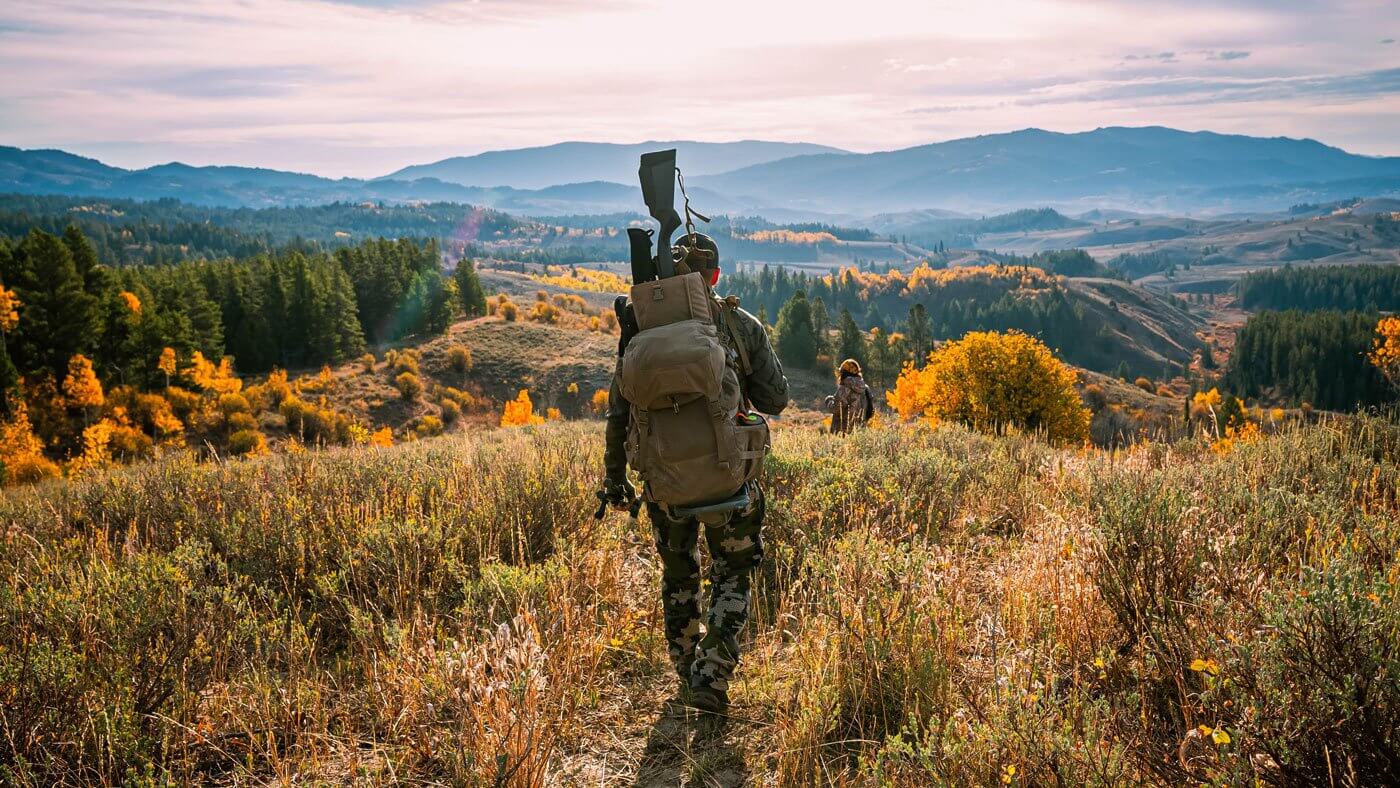
Like everything I present, I only mean for it to be a general guideline. There are thousands of renditions, special circumstances, exceptions, climates, and terrains to utilize backcountry hunting. My only hope is to take some of the guesswork out of the massive equation that this pursuit poses. I applaud all who take on the challenge and wish you the best of luck in the adventure you choose!
